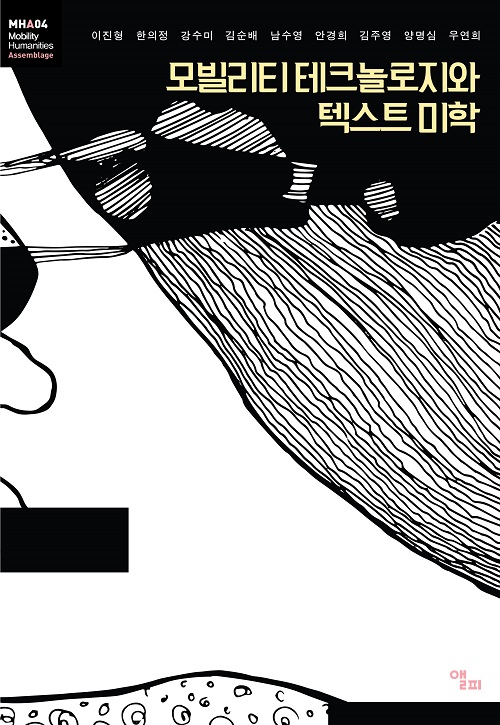Evolution of Technology and Transformation of a Mode of Existence of Text
Identified as a pivotal nature that has defined human life since the modern era, the evolution of mobility technology and related high-mobility of humans and objects have been major interests of modern artists. Nevertheless, numerous texts aimed at representing the question of movement have been largely unacknowledged from a perspective of movement or mobility. Considering Walter Benjamin’s significant attempt in the 1930s to characterize the technology of reproduction as a novel condition for art, the evolution of mobility technology in contemporary society, radically collapsing the temporal and spatial limits, has inevitably changed the way art exists. In this sense, to use Derrida’s phrase, there is no text outside mobility network, implying that text in itself today has embodied the notion of mobility.
Recapturing the Aesthetics of Text in the Era of High-Mobility
The book aims to explore the changes within which the evolution of mobility technology and its gradual influence on the mobility have brought to the aesthetics of text. It seeks to (re)capture various literary and artistic texts in terms of mobility from the beginning of the modern era to the current 21st century era of high-mobility – the modern era that begins with everything solid melted away. Taking into account both that the movement of people and objects has gradually advanced and accelerated and that such phenomena have developed in accordance with the evolution of mobility technology, it would be reasonable to say that mobility and its technology serve as more than essential factors in the aesthetics of text. This book elaborates the aforementioned arguments in three parts consisting of: ‘dynamics of technology evolution and text construction,’ ‘embodied mobility or culture on the move,’ and ‘historical geography of mobility and its textual representation.’ It mainly articulates: 1) how the development of means of mobility and its advancement operate in the level of text construction; 2) the ways that mobility technology enables text to be in motion; and 3) the manners in which mobility in a particular region has been historically represented.
Book Synopsis
The book consists of three parts.


